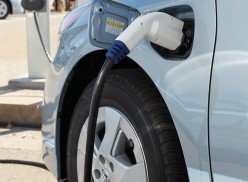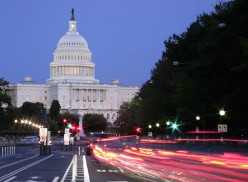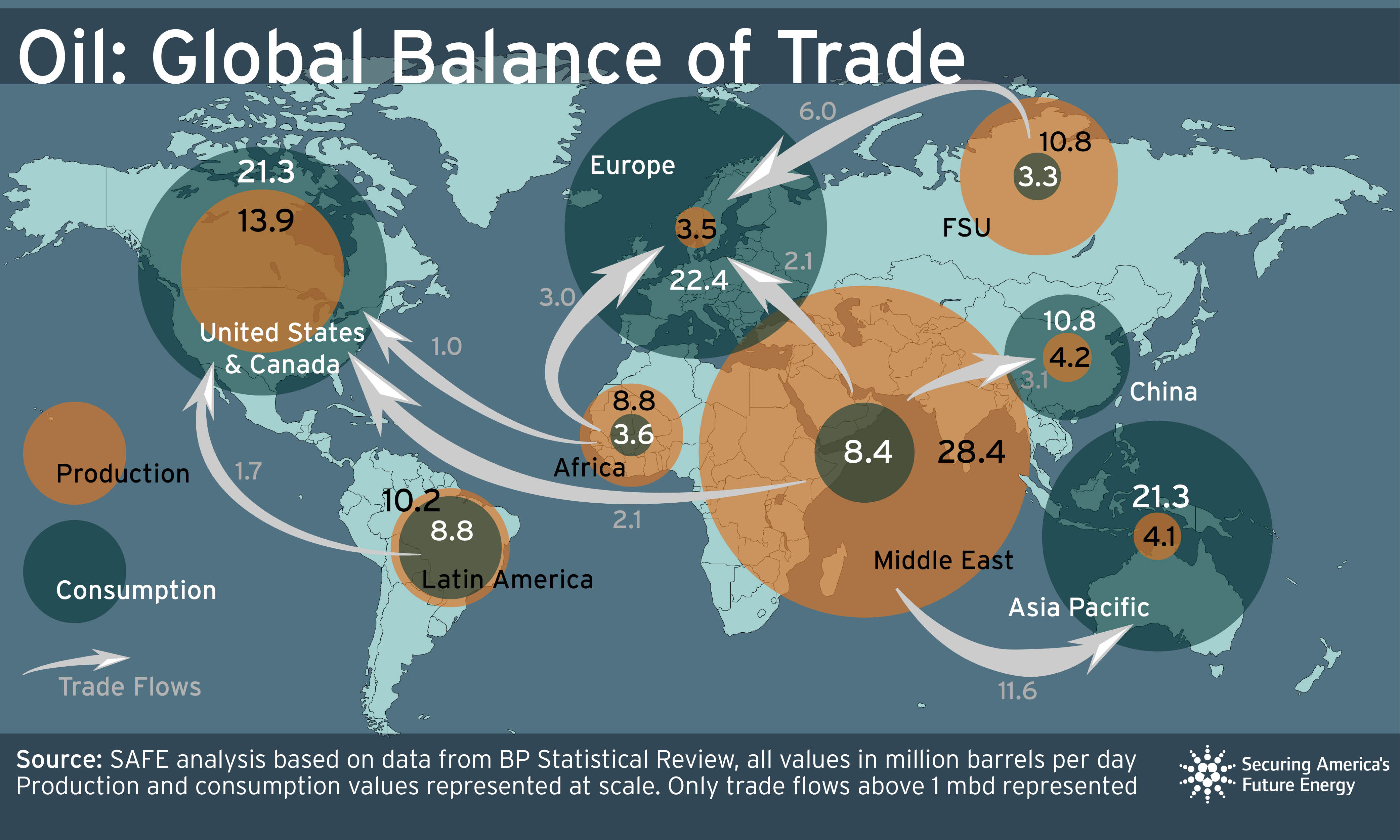By: Zubeyde Oysul, Senior Policy Analyst for the Center for Critical Minerals Strategy, SAFE, and Ayelet Zamek, MINVEST Delegation Coordinator for the Center for Critical Minerals Strategy
The new United States-Australia Framework for Securing of Supply in the Mining and Processing of Critical Minerals and Rare Earths marks the next phase of a partnership that has been steadily deepening for years. Announced during Prime Minister Anthony Albanese’s visit to Washington, the new framework underscores a shift from broad commitments to coordination grounded in tangible projects aimed at strengthening allied defense and technology supply chains and supporting U.S. reindustrialization efforts, particularly in advanced technology manufacturing.
Seven Letters of Interest (LOIs) were announced by the U.S. Export-Import Bank (EXIM) alongside the deal for Arafura Rare Earths, Northern Minerals, Graphinex, La Trobe Magnesium, VHM, RZ Resources, and Sunrise Energy Metals. These represent over $2.2 billion in potential U.S. financing, and more than $3 billion in combined public investments when Australia’s commitments are included. Altogether, this deal represents one of the largest coordinated financing packages yet for critical minerals between allied nations.
The deal builds on sustained cooperation that was initiated by the first Trump administration, along with the financing authorities established over the last three years that are now being fully activated to deliver concrete outcomes. Export Finance Australia and EXIM have collaborated since 2023 to develop a Single Point Entry system for critical minerals projects, which allows businesses to receive joint support, financing, advice, and access to programs from both Export Finance Australia and EXIM. Six of the seven EXIM Letters of Interest announced were pursued through this system.
Domestically, Congress’ recent amendments to Title III of the U.S. Defense Production Act (DPA) designated Australia as a domestic source for DPA funds, which enabled the Department of War to directly invest in Alcoa’s 100 mtpa gallium refinery in Western Australia, contingent on Congress reauthorizing the DPA.
The U.S.-Australia Framework Agreement also reaffirms ongoing cooperation. During the first Trump administration, the U.S. Geological Survey and Geoscience Australia, along with the Geological Survey of Canada, formed the Critical Minerals Mapping Initiative to leverage resources and expertise. Although a longer-term effort, geological mapping continues to be a priority in the new framework and is essential to identifying future project opportunities.
The project’s focus is complemented by the recognition that financing alone will not be enough to ensure long-term supply chain resilience. Delivering these projects successfully will depend on synchronized progress across the broader allied ecosystem, from coordinating with third countries and securing reliable offtake agreements to addressing pricing pressures, improving permitting processes, deterring asset sales to foreign adversaries, and advancing scrap recovery and domestic recycling to unlock new sources of supply. But many of these policy tools are still in early stages, and key decisions on how to coordinate with other allies and partners to structure strategic reserves and design price floors lie ahead.
Cooperation with Partners
The Framework calls for the United States and Australia to work with third parties to strengthen supply chain security. Although the text did not name any additional partners specifically, regional ally Japan is a clear candidate for deeper cooperation. Japan has longstanding investments in Australian critical minerals, including in Alcoa’s Western Australia gallium refinery through the Sojitz Corporation—the same project in which the Department of War announced its investment.
One question the Framework leaves open is what cooperation within “existing engagement mechanisms” means in practice. The use of existing initiatives like the Minerals Security Partnership (MSP) or the Quad Critical Minerals Initiative remains open-ended, even more so given the Trump administration’s preference for bilateral dealmaking. That said, the nod in the agreement to “strengthen[ing] authorities and diplomatic tools that review and deter critical mineral and rare earth asset sales” is well-suited for the MSP, which in part was started because of growing Chinese market share.
The recognition that international cooperation is needed beyond the United States-Australia relationship is a positive signal of the two governments’ awareness that resilient, secure critical minerals supply chains require coordinated action among allies.
Strategic Reserves and Stockpiling
Under the Framework, the two governments will work to secure supply for defense and advanced technology manufacturing and industrial bases by “leveraging existing policy tools such as the United States’ industrial demand and stockpiling infrastructure and Australia’s Critical Mineral Strategic Reserve.” The reference to U.S. industrial demand reflects a recognition that financing alone is not enough. Projects also need a predictable offtake from entities outside the Chinese Communist Party’s (CCP) control. In addition to commercial offtakers, government instruments are also recognized for the demand pull they can create.
The U.S. National Defense Stockpile (NDS) identified a $13.5 billion shortfall in 2023, prompting Congress to appropriate $2 billion under the One Big Beautiful Bill Act to replenish its critical mineral stocks. While primarily meant to ensure sufficient supply for the military and essential civilian sectors during national emergencies, the replenishment drew fresh attention to NDS as a potential source of offtake—especially in light of the multi-year procurement authority granted for rare earth elements and permanent magnets under the FY2024 National Defense Authorization Act.
Australia’s $1.2 billion Critical Minerals Strategic Reserve, by contrast, is being designed to serve as a financial instrument to support mineral producers. While still under development and expected to become operational in the second half of 2026, the details so far suggest that it will allow companies to pre-sell future critical mineral output to governments or industrial consumers.
Together, these mechanisms signal a broader shift in how governments view stockpiling and reserves. Rather than serving as emergency buffers against sudden supply disruptions—such as those that could result from China’s export restrictions (read our analysis on the latest controls here)—these tools are being reimagined to help bring new supply online, often from projects still years away from production.
Relying solely on the NDS for offtake support presents challenges. There are mismatches between the materials new producers are developing and what makes sense for the NDS to store. The stockpile also faces strict limits on when and to whom it can release material, preventing transfers to commercial actors. Its mandate remains focused on the defense industrial base and other designated critical sectors, not broader market demand. These constraints are likely why Secretary Bessent signaled interest in creating a separate strategic minerals reserve.
Price Mechanisms
Another closely watched element of the Framework is its nod to potential price floors and trading systems built around shared standards to address concerns about non-market policies and unfair trade practices. These issues were central to the discussion at last month’s Conference on Critical Materials and Minerals, and will surely be part of the discussion at the upcoming G7 meeting in response to Chinese export controls.
Price volatility and depressed market conditions have dampened investment appetite across the sector. Low prices for minerals, such as lithium, have impeded plans for American and Australian producers, such as Albemarle, which operates in both the United States and Australia. Like strategic reserves and stockpiling, the topic of price mechanisms is a key current policy debate.
Recently, we have seen the Trump administration weigh different price-related policies. The Pentagon’s deal with MP Materials established a 10-year price floor commitment for its Neodymium-praseodymium oxide (rare earth) production. This is a project-specific approach to pricing support, and U.S. officials have signaled hesitancy to replicate this deal as a matter of course. Earlier this month, Secretary Bessent said that the Trump administration would set price floors across different industries impacted by Chinese market manipulation. While the details are still not available, the Section 232 tariff investigation is one moving vehicle that can be used to uphold price floors without additional cost to the government.
Still, price mechanisms remain a developing area of policy that will require a nuanced approach that accounts for the distinct challenges and dynamics of different critical mineral markets. While they can offer relief for producers, they do not eliminate the risk but shift it to taxpayers or consumers instead. They also carry significant risks of distorting markets if not carefully designed or internationally aligned.
Beyond Australia
For now, the Framework provides welcome clarity on the U.S.-Australia front, setting an example of what coordination with strategic partners could look like. The project-based approach could serve as a useful model for other countries, but replicating some of the Framework’s other elements that touch on flashpoint policies, such as leveraging strategic reserves, adopting standards-based systems, and deterring asset sales on national security grounds, may prove more difficult in regions without the same history of cooperation, institutional alignment, and resource potential. The next test will be whether that consensus can extend across the broader allied environment, where coordination will be essential to counter market distortions and build truly resilient supply chains.







